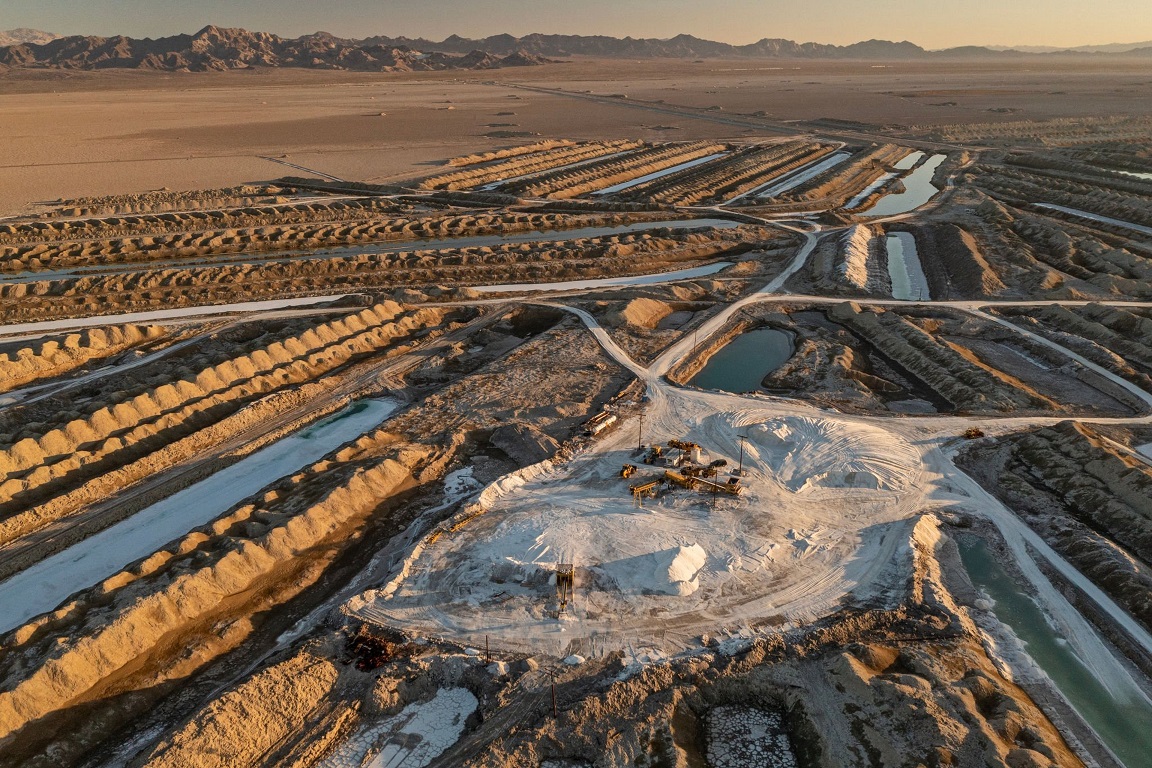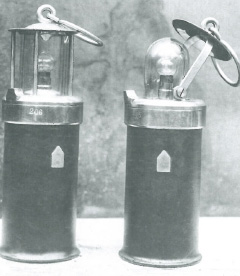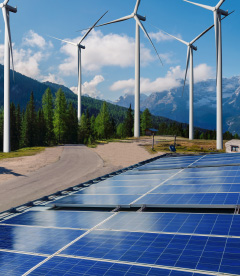Lithium or Nickel – to whom does the Future belong?
Myths and facts
February 22. 2023
2 min.
There are entire industries that fully rely on lithium, an element that is omnipresent in our everyday lives. There will soon be a shortage of lithium, but thankfully, there’s nickel to save us.

Electromobility is without any doubt the future of cars. But its development is facing a limit that is hard to overcome: the availability of lithium which is used in car batteries. Li-ion cells have a high energy density, which makes them ideal for this purpose – they’re simply much lighter than, for example, lead cells of the same capacity. But if three out of five cars run on electricity by 2035 as estimated by the analysts from Boston Consulting, will there be enough lithium for all the batteries?
Probably not. While there are about one and a half billion passenger cars in the world, the total number of lithium extracted in 2021 would only be enough for 11.4 million electric vehicles. Not to mention that the car industry uses up only about half of the world’s annual lithium production. Lithium is also used in consumer electronics, in the chemical industry, metallurgy, mechanical engineering and to make pharmaceuticals.
And the demand keeps growing. In 2021, the world consumed 93 thousand tons of lithium, which is some 30% more than the year before. Even if we manage to significantly raise the recycling rates of lithium, Boston Consulting estimates that in 2030, the volume of mined lithium will be about 4 percent below the expected demand. Five years later, we will have available only about three quarters of the lithium we will need.
The problem is that lithium is not easy to obtain. In fact, even existing deposits may not necessarily be accessible with the current technology. And those that are accessible are often found in very dry areas while the extraction of one ton of lithium requires an extraordinary volume of 1.9 million litres of water. There are also very few companies on the market able to produce high-quality battery-grade lithium salts. Furthermore, new production capacities are also ramping up very slowly, and a new plant takes more than 16 years on average to achieve full performance.
An unexpected future?
Because more than 70 percent of all the world’s currently produced lithium is used in batteries of all kinds, it makes sense to try and reduce our consumption in this area. In fact, many Li-ion cells are being used in installations where their relatively low weight, compact size, and high-power discharge bring very small benefits or no benefits at all. Particularly in storage systems compensating for the uneven production of renewable sources of energy, the demand for lithium batteries grows just as rapidly as in the case of electric car batteries.
But while an electric vehicle absolutely needs lithium for now, storage systems could use other means. Lithium-ion cells must always have some kind of protection against overcharging and undercharging, and they only work correctly in a very narrow temperature range. This means they require a battery management system (BMS), a heating, ventilation, and air conditioning system (HVAC), as well as a fire suppression system (FSS), which makes them more costly. This is in addition to the fact that the Li-ion battery itself is more expensive; compared to a nickel-cadmium cell, the lithium-ion cell even without electronics and additional equipment costs tens of percent more.
Ni-Cd cells are designed to operate between -40°C and +70°C, and their maintenance requirements are quite minimal if they operate under standard operating conditions with the manufacturer’s recommended guidelines. They are also much easier to transport safely than Li-ion cells. But there are many factors that need to be considered when deciding whether a Ni-Cd cell is a better option than Li-ion in any particular situation, such as the required voltage and current and how frequently and how quickly the batteries will be discharged and recharged. For instance, regional small photovoltaic installations require a battery of low voltage but very high capacities. For this purpose, Li-ion based energy storage systems are not optimal as they typically work in a high voltage, low-capacity configuration due to the cell paralleling the limitation of BMS and Master BMS controls.
Today, Ni-Cd energy storage systems are commonly used in the small-scale generation of energy from renewable sources and are increasingly often deployed also in mid-size power plants, where the average solar irradiation period or the charging period is about 6 to 8 hours low-medium rate charging. This is typically the case for applications like peak-shaving, load-shifting, emergency black-start or UPS mode operation during brown-out in critical process plants. While they can’t really replace Li-ion cells in vehicles or small electronics, in many other areas of application the Ni-Cd cell may be, somewhat surprisingly, the future.
Are we running out of nickel?The supply of nickel that can be currently mined is also depleting while production is higher than ever. According to the US Geological Survey, nickel production reached almost 2.5 million tons in 2020 and 3.24 million tons in 2022. Alongside the demand, the price of nickel is also on the rise – which is in part also driven by electric vehicles since the cathodes of most types of Li-ion cells are made of nickel. In fact, about ten percent of the world’s production of nickel is used to make batteries for electric cars, in particular the nickel-cobalt-aluminium type. Thankfully, the availability of nickel is not nearly as problematic as that of lithium. The reason is that nickel is very easy to recycle. For example, the nickel and cadmium in GAZ cells can be recycled from 99.995 percent. Compare this to Li-ion cells, of which less than one percent is currently recycled in the EU and USA, according to a recent study by Indian scientists. The reasons are mainly the rapidly developing technology of Li-ion cells, the high cost of transporting used cells, and insufficient public regulation. |
Related articles
Memory Effect? If Batteries Remember Anything, It’s Mishandling
June 6. 2023
2 min.
expert article
VíceMemory Effect in Ni-Cd Cells – a Popular Misconception
September 27. 2022
2 min.
Více



